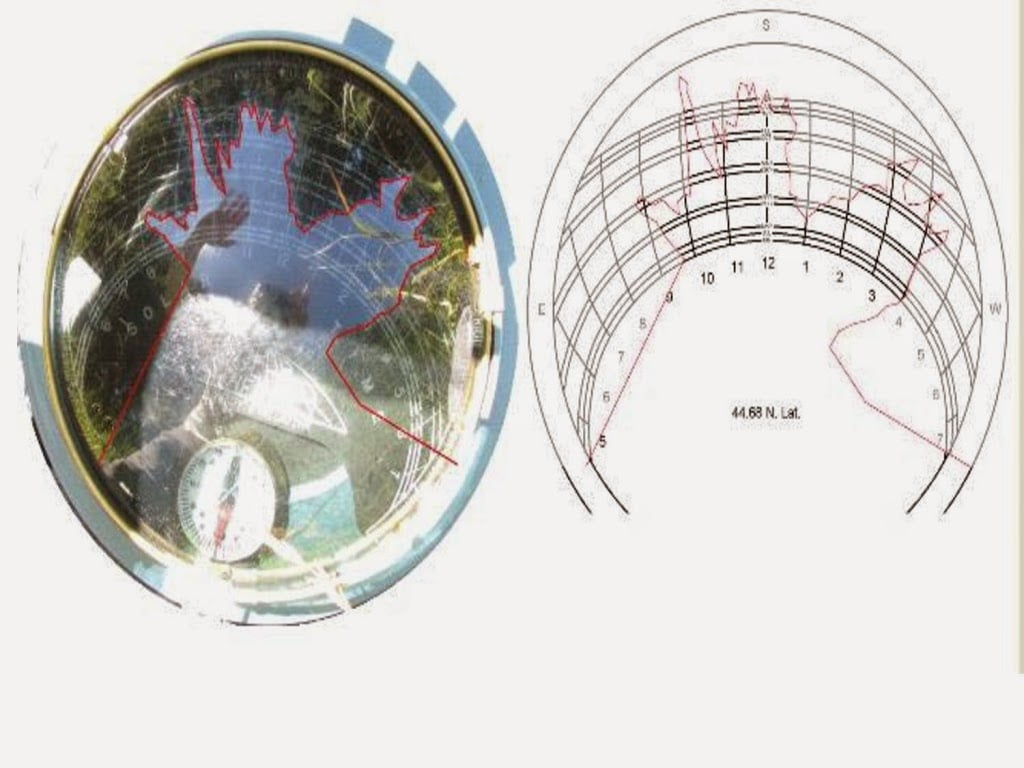
Umpqua green gentian likes it cold…
 |
| Frasera umpquaensis. Photo credit: Denise Giles-Johnson. |
Our field 2014 season slowly came to a close as the mercury rose and plants began to senesce. Luckily, we have managed to get a little relief from the heat as we studied Frasera umpquensis in the Cascade foothills near Cottage Grove, Oregon. Also known as the Umpqua green gentian, this plant is endemic to Northern California and Southern Oregon, West of the Cascades. Typically found between 4,500 and 6,500 feet in elevation, F. umpquensis is a cold-loving species which naturally occurs in areas with relatively long and cold winters.
F. umpquaensis is a long-lived species which has the potential to live up to 80 years! It’s longevity makes it susceptible to a lot of environmental change including disturbance periodicity, canopy closure, and forest community composition, as well as short and long term climate cycles. Some of the most common causes of population decline are habitat destruction, genetic isolation, and low recruitment rates. Habitat destruction and alterations have divided this species into small and isolated remnant populations. IAE’s research focuses mostly on factors associated with recruitment and survival, such as density, litter depth, and microclimate temperature.
 |
| Frasera umpquaensis being propagated in the greenhouse. Photo credit: Denise Giles-Johnson. |
One of our long-term study sites for F. umpquaensis is Elk Meadows, which is located along the Calapooya divide, near Cottage Grove, Oregon. These meadows are nestled into second growth forests comprised of White, Douglas, and Grand firs. Research on plants in this area indicates that the populations on north-facing slopes, which receive less intense solar radiation and longer snow cover duration, are more successful. Additionally, individuals that were germinated in the greenhouse and were exposed to longer cold treatments were found to be more robust than those that were grown in warmer temperatures. This research shows the direct effect that microclimate temperature has on seedling success and plant recruitment.
One of the ways that IAE studies the effects of microclimate conditions on plant growth and recruitment is by using a tool called Solar Pathfinder. Commonly used to install solar panels, this instrument estimates the annual solar radiation for a particular location. By aligning the Solar Pathfinder properly and taking a photo directly above the Pathfinder’s face, you can estimate the sun’s annual path across the horizon as well as average solar radiation per month. The reflection on the Pathfinders face shows the area that will receive sunlight (see the red outlined portion of figure). The Solar Pathfinder Assistant (a computer program) takes this photo and calculates the area of open canopy, and then extrapolates this information across the entire year using the known solar pathway and radiation intensity for that location’s latitude and longitude.
 |
| Left: Taking an image of the Solar Pathfinders’ reflection for later analysis. Right: Tracing open canopy in the image to compute total annual solar radiation. Photo credit: Emma MacDonald |
